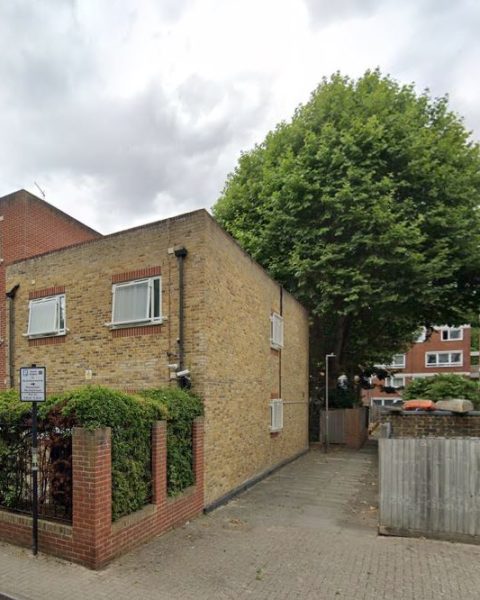Author: Cyril Richert
The Core Strategy sets out the Council’s spatial vision, strategic objectives and spatial strategy on how the borough should develop over the next 15 years along with core policies and information on monitoring and implementation. This document is part of the Local Development Framework (LDF) and must be in general conformity with the London Plan. When adopted (after further consultation should take place in early 2010), these documents will, together with the London Plan, constitute the statutory development plan for the Borough.
The Core Strategy 2009 document was submitted to the Secretary of State on 20 March 2009. The plan will now be examined by an independent Planning Inspector and exhibition at the Town Hall (Room 123) should be held from the 14 July 2009.
The Core Strategy is therefore a document of the utmost importance. As shown in the previous campaigns against towers in the area of Clapham Junction Town Centre, the current document failed to give proper guidelines to the developers and was in total discrepancy with the views of local residents (more than 1000 protest against the Twin Towers’ proposal).
As stated by the Planning Officer report (p42) on the application for the Twin towers/station redevelopment, Policy PL13 ‘Clapham Junction and adjoining area” of the Core Strategy says:
“Taller buildings could not only help deliver significant regeneration projects but also give a visual focus to the Town Centre,” and further, “Taller buildings in this location could be justified due to the proximity of Clapham Junction Station and its accessibility to high frequency public transport”.
Therefore the Council along with the developers concluded that the proposal would accord with Core Strategy Policies. Furthermore, this is actually Wandsworth planning service which encouraged the developers to go with the proposed design of skyscrapers, as confirmed in the report (p46):
“The applicants were originally considering a redevelopment of ‘Stop Shop’ shopping centre site around the retained St John’s Hill entrance. However early discussions identified that a key driver in any approach to development here should be to address the Council’s Ten Point Plan for improving Clapham Junction, as well as improving the public realm and permeability of the site. To this end the design has evolved […]“
In similar views, a meeting with the developer of the proposed 16 -storey tower block hotel at the bottom of Mossbury Road highlighted also that the decision to proceed with the hotel scheme was specifically driven by the Council’s recommendation in its Core Strategy document that Clapham Junction was a suitable location for regeneration through the construction of tall buildings. Two years had been spent developing the plans during which Redwood had met with the Council planners 3 or 4 times.
However, despite all previous objection, the Core strategy document submitted in March to the Secretary of State specifies clearly the case for tall building and the encouragement to construct them in Clapham Junction Town Centre Area:
P71-75 of the document:
4.99 – Given the strategic importance of the station there may be justification for some taller buildings. These may help to reinforce and add visual significance to the town centre…
4.100 – The area may be suitable for taller buildings given the proximity to Clapham Junction Station.
4.101 – There are opportunities to provide high quality sustainable development with street frontages with taller buildings.
It is clear that in case there is no drastic amendment to those guidelines, it will widely re-open all encouragements to developers to submit more pharaonic projects that the community will have to fight with the same energy they voiced their refusal of twin skyscrapers, but still without more support from the Council.
Clapham Junction Town Centre is characterised by Edwardian and Victorian houses. Applications for constructions should respect the environment and not exceed the size of neighbouring (proportionate to neighbourhood, e.g. the rotunda of Harding and Hobbs should stay as the focus point in the area).
The Council could easily amend the Core Strategy and also take advantage of the Supplementary Planning Documents (an optional document) to add details to policies laid out in development plan documents (these may take the form of design guides, area development briefs, a master plan or issue-based documents).
You will find some additional information on the dates and linked documents on our Agenda page.
















